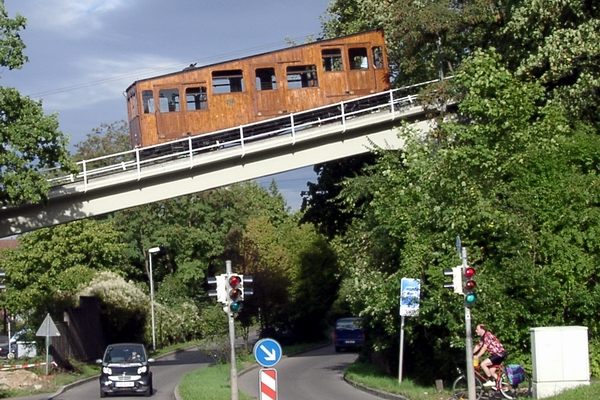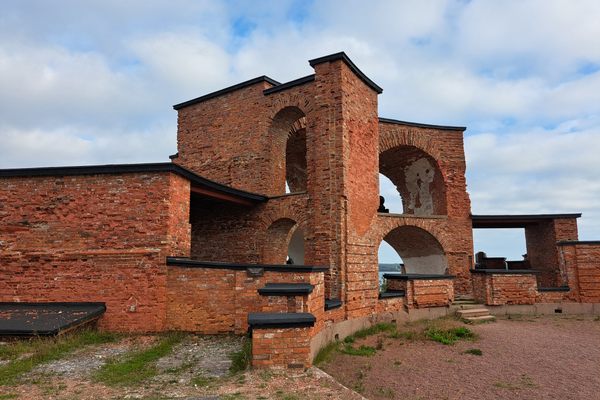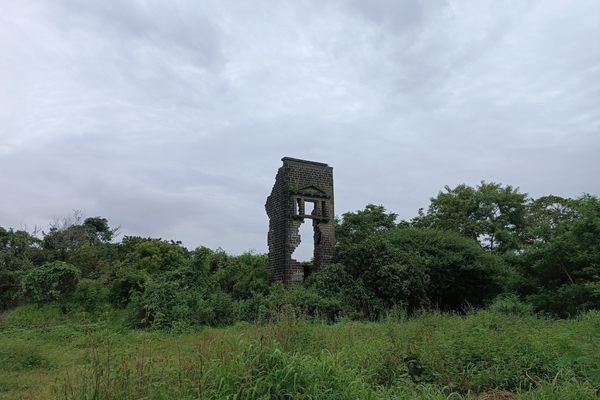Kirchheim Natter Pads
The remains of three Luftwaffe launch pads designed for manned anti-aircraft missiles.
By March 1945, things were looking pretty dark for the Luftwaffe. With D-Day behind them, in February Roosevelt, Stalin, and Churchill had their famous meetng in Yalta to discuss how to carve up post-war Germany. An attack on Berlin was imminent.
At a military test site near Stetten am kalten Markt, the Luftwaffe pushed for manned tests of the anti-aircraft Bachem Ba 349 “Natter” aircraft. Under 20 feet long, with stubby wings, the Natter was essentially a manned missile, designed to eject the pilot and the engine at the last minute. It had been in design since 1943, and they had already conducted unmanned tests of varying levels of success. But in these desperate times there could be no more delays, and on March 1 Lothar Sieber, an experienced Luftwaffe test pilot, climbed into the tiny cabin.
The Natter took off from a 50 foot scaffolding at a vertical speed of 435 miles per hour. At 10,000 feet, the canopy was supposed to break apart, freeing the pilot to parachute safely to earth, but something went horribly wrong, and Sieber and the Natter came crashing to Earth.
In April, the battle began in Berlin. Of the 36 Natters built, only 20 were used, all in tests. Those remaining after the war were largely destroyed by the conquering allies, but a few escaped and can still be seen at the Smithsonian Institution’s National Air & Space Museum in Washington DC, and at the Fantasy of Flight Museum in Polk City, Florida. A replica is in the Deutsches Museum in Munich
Southeast of Kirchheim/Teck, just approximately 100 metres south of the motorway Stuttgart-Munich, in Hasenholz forest, there are the relics of three launchpads for the Bachem Ba-349 Natter.
The launchpad sites in Hasenholz forest are arranged in form of an equilateral triangle whose sites point towards south and east. Each pad is made up of a circular concrete plate with a square hole in the middle acting as a foundation hole for the launch tower.
The launch pad used in the Stetten am kalten Markt manned test in March of 1945 is located in a still-active military area, and is off limits for visitors.
















Follow us on Twitter to get the latest on the world's hidden wonders.
Like us on Facebook to get the latest on the world's hidden wonders.
Follow us on Twitter Like us on Facebook